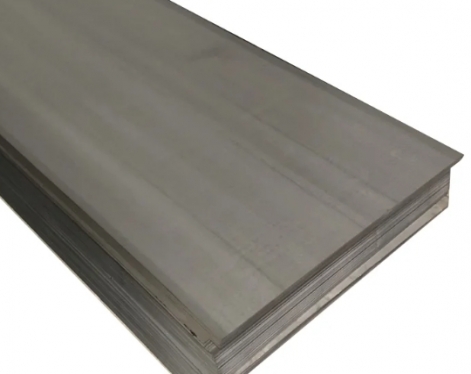The perforation process of the pipe jacking unit is divided into hydraulic perforation method and CPE method.
Hydraulic perforation method: Use a vertical hydraulic press to extrude the steel ingot placed in the mold into a capillary with a cup bottom, then use a crane to take out the capillary, put it down, put the cup-shaped capillary on the long mandrel, and push the mandrel The cup-shaped capillary tube is successively passed through a group of annular die holes with decreasing diameter to obtain diameter reduction, wall reduction and extension. The power of deformation is all concentrated at the tail of the ejector rod. The pipe jacking method to produce seamless steel pipes was proposed by Heinrich Erhard of Germany in 1892. After the pipe is jacked, the rod needs to be removed, and then the bottom of the cup is removed. The characteristics are: low productivity, serious uneven wall thickness, and limited L/D of the steel pipe. At present, this method is only used to produce large-diameter (400-1400m seamless steel pipe).
CPE method: The capillary is produced by the oblique rolling perforation method, and the capillary is necked at one end to provide the capillary for the pipe jack. It can increase the output and product quality, and restore the vitality for the pipe jacking process to produce small-caliber seamless steel pipes.
The advantages of the pipe jacking method
1) Low investment, simple equipment and tools, and low production cost.
2) The extension of the pipe jacking unit is large, up to 10-17. Therefore, the number of equipment and tools required by the pipe jacking method for rolling similar products can be less.
3) Wide range of varieties and specifications.
The disadvantage is that the wall thickness accuracy is not high, and the inner and outer surfaces are prone to scratching defects.
Hydraulic perforation method: Use a vertical hydraulic press to extrude the steel ingot placed in the mold into a capillary with a cup bottom, then use a crane to take out the capillary, put it down, put the cup-shaped capillary on the long mandrel, and push the mandrel The cup-shaped capillary tube is successively passed through a group of annular die holes with decreasing diameter to obtain diameter reduction, wall reduction and extension. The power of deformation is all concentrated at the tail of the ejector rod. The pipe jacking method to produce seamless steel pipes was proposed by Heinrich Erhard of Germany in 1892. After the pipe is jacked, the rod needs to be removed, and then the bottom of the cup is removed. The characteristics are: low productivity, serious uneven wall thickness, and limited L/D of the steel pipe. At present, this method is only used to produce large-diameter (400-1400m seamless steel pipe).
CPE method: The capillary is produced by the oblique rolling perforation method, and the capillary is necked at one end to provide the capillary for the pipe jack. It can increase the output and product quality, and restore the vitality for the pipe jacking process to produce small-caliber seamless steel pipes.
The advantages of the pipe jacking method
1) Low investment, simple equipment and tools, and low production cost.
2) The extension of the pipe jacking unit is large, up to 10-17. Therefore, the number of equipment and tools required by the pipe jacking method for rolling similar products can be less.
3) Wide range of varieties and specifications.
The disadvantage is that the wall thickness accuracy is not high, and the inner and outer surfaces are prone to scratching defects.









